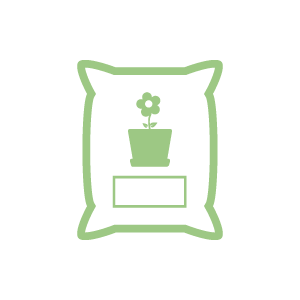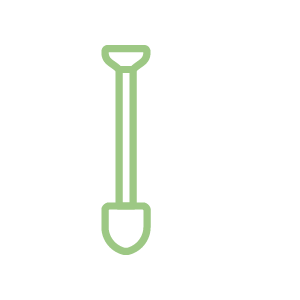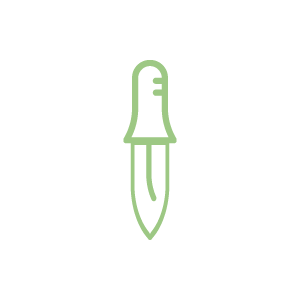Creating a Pollinator Garden
Time
Budget
Skill
★ ★ ★ ★ ★A pollinator garden in your yard contributes to a healthy and sustainable future for generations of both pollinators and people – and it’s easy to do! With a small space and a few plants, you can attract bees and butterflies to your garden.
Warning: count(): Parameter must be an array or an object that implements Countable in /home/ncnla/public_html/wp-content/themes/ncnla/single-greenprint.php on line 97
Warning: Illegal string offset 'step_number' in /home/ncnla/public_html/wp-content/themes/ncnla/single-greenprint.php on line 193
Warning: Illegal string offset 'step_number' in /home/ncnla/public_html/wp-content/themes/ncnla/single-greenprint.php on line 198
s
Warning: Illegal string offset 'step_content' in /home/ncnla/public_html/wp-content/themes/ncnla/single-greenprint.php on line 200
s
Warning: Illegal string offset 'step_number' in /home/ncnla/public_html/wp-content/themes/ncnla/single-greenprint.php on line 193
Warning: Illegal string offset 'step_number' in /home/ncnla/public_html/wp-content/themes/ncnla/single-greenprint.php on line 198
s
Warning: Illegal string offset 'step_content' in /home/ncnla/public_html/wp-content/themes/ncnla/single-greenprint.php on line 200
s
Warning: Illegal string offset 'step_number' in /home/ncnla/public_html/wp-content/themes/ncnla/single-greenprint.php on line 193
Warning: Illegal string offset 'step_number' in /home/ncnla/public_html/wp-content/themes/ncnla/single-greenprint.php on line 198
s
Warning: Illegal string offset 'step_content' in /home/ncnla/public_html/wp-content/themes/ncnla/single-greenprint.php on line 200
s
Warning: Illegal string offset 'step_number' in /home/ncnla/public_html/wp-content/themes/ncnla/single-greenprint.php on line 193
Warning: Illegal string offset 'step_number' in /home/ncnla/public_html/wp-content/themes/ncnla/single-greenprint.php on line 198
s
Warning: Illegal string offset 'step_content' in /home/ncnla/public_html/wp-content/themes/ncnla/single-greenprint.php on line 200
s
Warning: Illegal string offset 'step_number' in /home/ncnla/public_html/wp-content/themes/ncnla/single-greenprint.php on line 193
Warning: Illegal string offset 'step_number' in /home/ncnla/public_html/wp-content/themes/ncnla/single-greenprint.php on line 198
s
Warning: Illegal string offset 'step_content' in /home/ncnla/public_html/wp-content/themes/ncnla/single-greenprint.php on line 200
s
Warning: Illegal string offset 'step_number' in /home/ncnla/public_html/wp-content/themes/ncnla/single-greenprint.php on line 193
Warning: Illegal string offset 'step_number' in /home/ncnla/public_html/wp-content/themes/ncnla/single-greenprint.php on line 198
s
Warning: Illegal string offset 'step_content' in /home/ncnla/public_html/wp-content/themes/ncnla/single-greenprint.php on line 200
s
Warning: Illegal string offset 'step_number' in /home/ncnla/public_html/wp-content/themes/ncnla/single-greenprint.php on line 193
Warning: Illegal string offset 'step_number' in /home/ncnla/public_html/wp-content/themes/ncnla/single-greenprint.php on line 198
s
Warning: Illegal string offset 'step_content' in /home/ncnla/public_html/wp-content/themes/ncnla/single-greenprint.php on line 200
s





